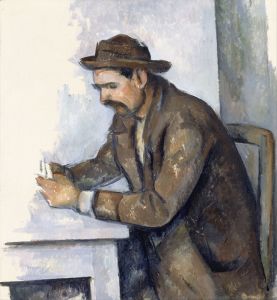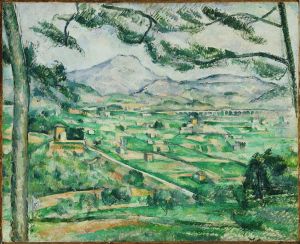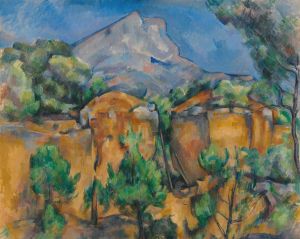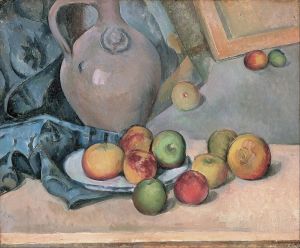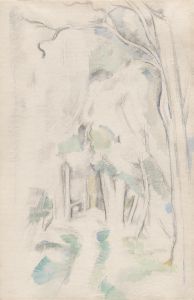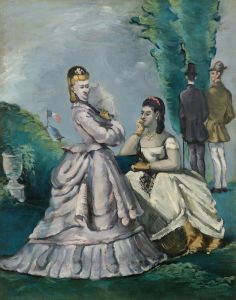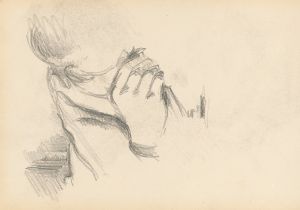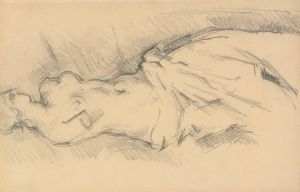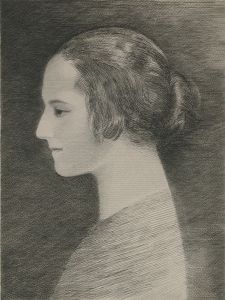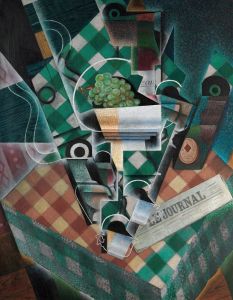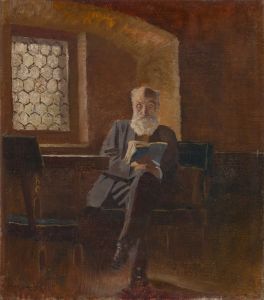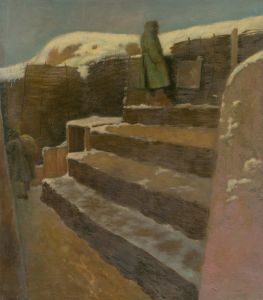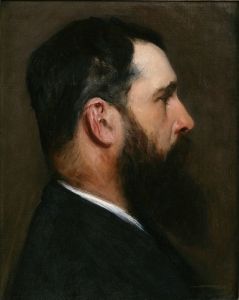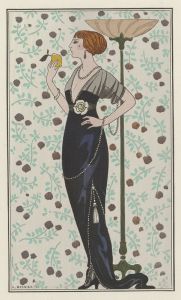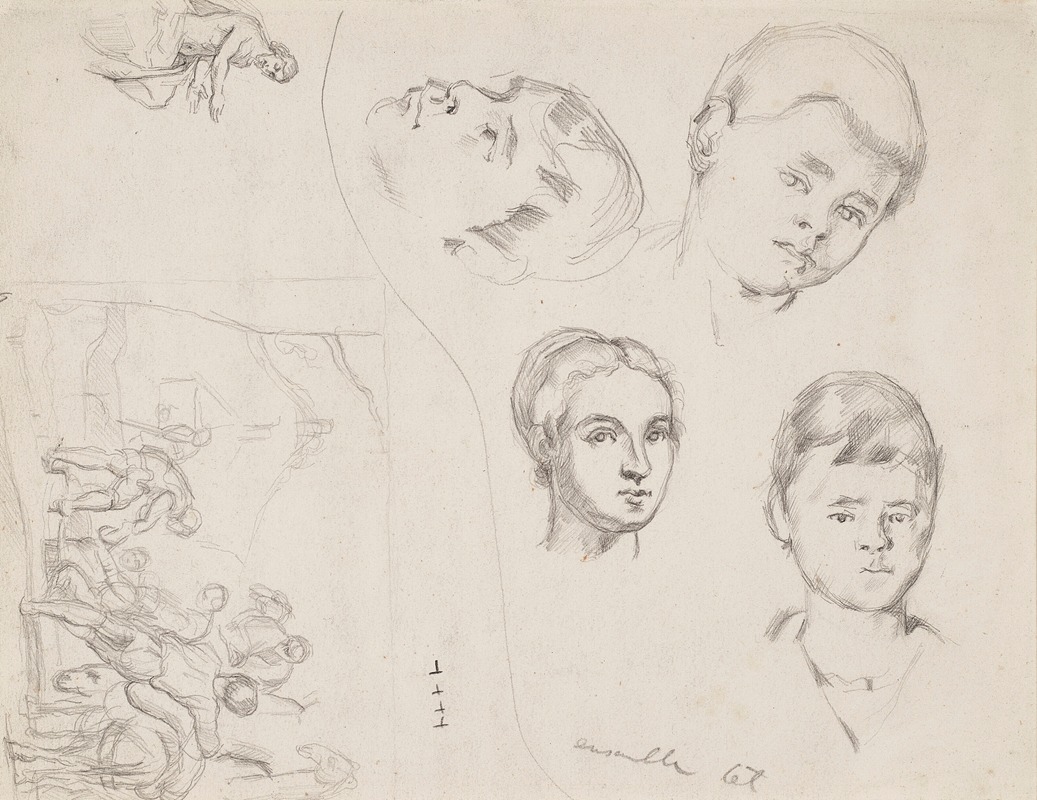
Trois portraits de Paul et études d’après Pedro de Maya et le Tintoret
A hand-painted replica of Paul Cézanne’s masterpiece Trois portraits de Paul et études d’après Pedro de Maya et le Tintoret, meticulously crafted by professional artists to capture the true essence of the original. Each piece is created with museum-quality canvas and rare mineral pigments, carefully painted by experienced artists with delicate brushstrokes and rich, layered colors to perfectly recreate the texture of the original artwork. Unlike machine-printed reproductions, this hand-painted version brings the painting to life, infused with the artist’s emotions and skill in every stroke. Whether for personal collection or home decoration, it instantly elevates the artistic atmosphere of any space.
Paul Cézanne, a pivotal figure in the transition from 19th-century Impressionism to 20th-century Cubism, is renowned for his unique approach to form and color. One of his notable works, "Trois portraits de Paul et études d’après Pedro de Maya et le Tintoret," exemplifies his innovative style and artistic exploration. This artwork, whose title translates to "Three Portraits of Paul and Studies after Pedro de Maya and Tintoretto," reflects Cézanne's deep engagement with both personal subjects and historical influences.
The painting is a composite of multiple studies and portraits, showcasing Cézanne's son, Paul, as well as his interpretations of works by Pedro de Maya and the Italian Renaissance master Tintoretto. Cézanne often used his son as a model, capturing him in various poses and expressions. This personal connection adds an intimate dimension to the artwork, as Cézanne explores the nuances of his son's visage through his characteristic brushwork and color palette.
Cézanne's technique in this painting is marked by his methodical approach to constructing form through color. He employs a series of small, repetitive brushstrokes that build up the surface of the canvas, creating a sense of depth and volume. This technique allows Cézanne to convey the solidity of forms while maintaining a vibrant, dynamic surface. The use of color is particularly significant, as Cézanne believed that color could be used to model form and convey spatial relationships.
In addition to the portraits of his son, the painting includes studies inspired by Pedro de Maya and Tintoretto. These studies reflect Cézanne's interest in the works of past masters and his desire to reinterpret their techniques and compositions. By engaging with these historical influences, Cézanne situates his work within a broader artistic tradition while simultaneously pushing the boundaries of that tradition.
Cézanne's incorporation of elements from Tintoretto, known for his dramatic use of perspective and chiaroscuro, suggests an exploration of these techniques within his own modern context. The interplay between light and shadow, as well as the dynamic composition, are elements that Cézanne adapts and reinterprets in his own style. This synthesis of historical and contemporary influences is a hallmark of Cézanne's work, as he sought to bridge the gap between the past and the present in his pursuit of a new artistic language.
"Trois portraits de Paul et études d’après Pedro de Maya et le Tintoret" is a testament to Cézanne's relentless experimentation and his commitment to redefining the possibilities of painting. Through this work, he not only captures the likeness of his son but also engages in a dialogue with the art of the past, demonstrating his role as a crucial link in the evolution of modern art. The painting exemplifies Cézanne's belief in the power of art to transcend time and place, offering a glimpse into the mind of an artist who forever changed the course of art history.





